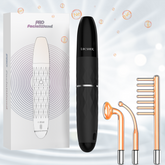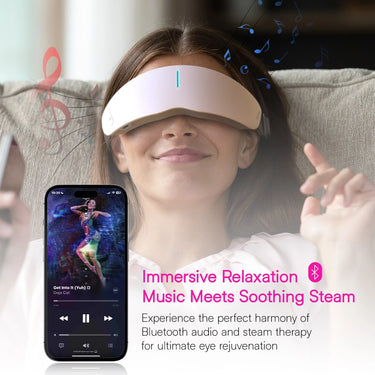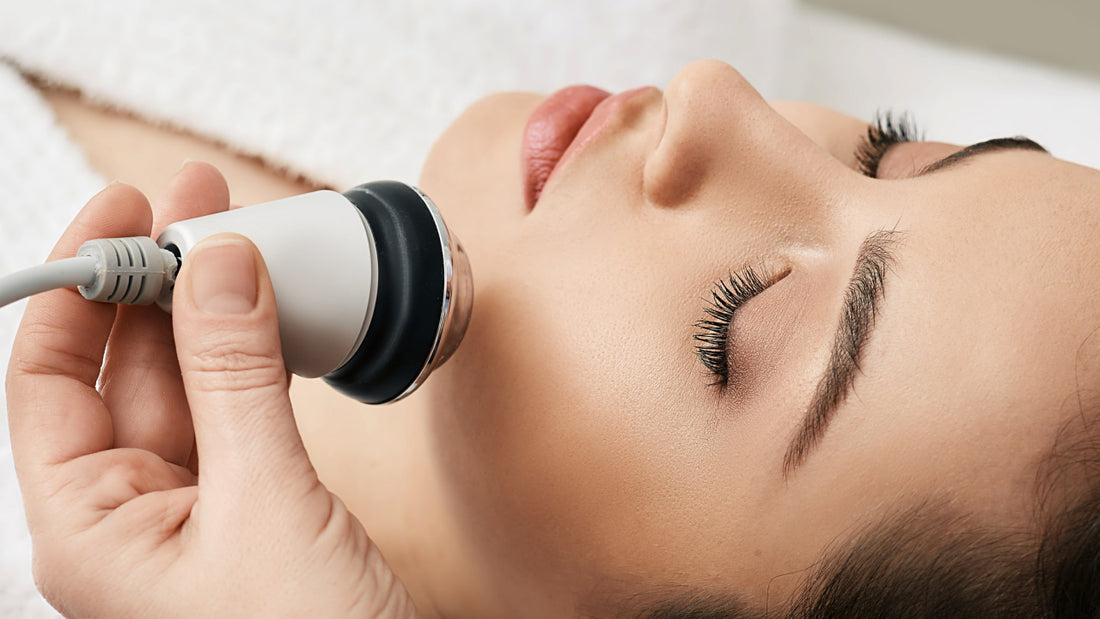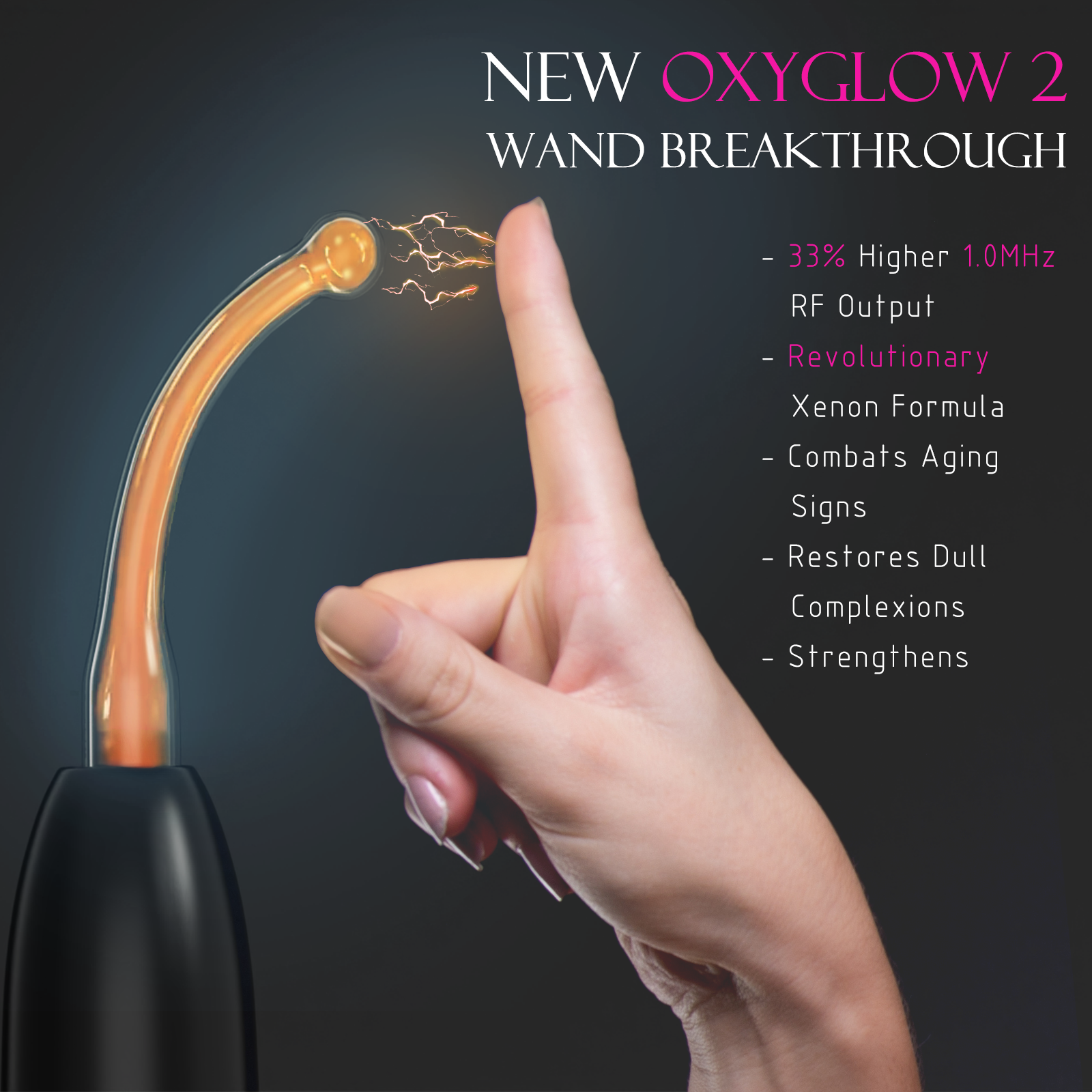Introduction
Sagging skin is a common concern that affects many individuals as they age. Loose, crepey skin can make you appear older and less vibrant, impacting self-confidence. As we enter 2024, advancements in skin tightening treatments offer promising solutions to combat this issue. This article explores the latest trends and most effective techniques for achieving a firmer, more youthful complexion.
Causes of Skin Laxity
Before delving into the treatments, it’s essential to understand the primary causes of skin loosening:
- Aging: As we grow older, our skin loses elasticity due to a decrease in collagen and elastin production.
- Sun Exposure: Ultraviolet (UV) radiation from the sun can break down collagen and elastin fibers, leading to premature skin aging.
- Lifestyle Factors: Habits like smoking, poor diet, and excessive alcohol consumption can accelerate skin loosening.
- Genetics: Some individuals are genetically predisposed to developing loose skin at an earlier age.
- Repetitive Facial Expressions: Years of repeated facial movements, such as frowning or squinting, can etch lines and wrinkles into the skin.
Non-Invasive Skin Tightening Treatments
Laser Treatments
How it Works: Laser treatments use concentrated beams of light to heat the deeper layers of the skin, stimulating collagen production and tightening the skin.
Pros: Minimal downtime, gradual results, suitable for all skin types.
Cons: Multiple treatments may be required, potential side effects like redness or swelling.
Best for: Mild to moderate skin laxity, early signs of aging.
Radiofrequency (RF) Treatments
How it Works: RF treatments deliver energy to the deeper layers of the skin, heating and contracting the collagen fibers, resulting in a tightening effect.
Pros: Effective for tightening and contouring, minimal downtime, suitable for various body areas.
Cons: Multiple treatments may be required, potential side effects like temporary redness or swelling.
Best for: Mild to moderate skin laxity, especially in the face, neck, and body areas.
Ultrasound Treatments
How it Works: Ultrasound energy is delivered deep into the skin, stimulating collagen production and tightening the skin from within.
Pros: Precise targeting of deep layers, minimal downtime, suitable for various body areas.
Cons: More expensive than other non-invasive treatments, potential side effects like temporary redness or bruising.
Best for: Moderate to severe skin laxity, especially in the face, neck, and body areas.
Microneedling Treatments
How it Works: Tiny needles create controlled micro-injuries in the skin, triggering the body’s natural healing process and boosting collagen production.
Pros: Minimal downtime, can be combined with other treatments, suitable for various skin concerns.
Cons: Potential side effects like redness, swelling, or bruising.
Best for: Mild to moderate skin laxity, fine lines, and uneven texture.
Invasive Skin Tightening Treatments
Surgical Face Lift
Procedure: Excess skin is surgically removed, and the remaining skin is repositioned and tightened.
Risks and Recovery: Significant recovery time (1-2 weeks), potential risks like scarring, bleeding, or infection.
Results and Longevity: Dramatic and long-lasting results (5-10 years), but results may vary.
Fat Transfer or Fillers
Procedure: Fat from the patient’s body or dermal fillers are injected into areas of volume loss to restore a more youthful appearance.
Risks and Recovery: Minimal downtime, but potential risks like bruising, swelling, or asymmetry.
Results and Longevity: Immediate and natural-looking results, but the effects are temporary (6-12 months for fillers, longer for fat transfer).
Combination Treatments
For optimal results, many experts recommend combining multiple non-invasive treatments or pairing them with minimally invasive procedures. A customized treatment plan tailored to your specific needs and goals can maximize the effectiveness of skin tightening treatments. Real-life case studies and patient testimonials can demonstrate the transformative power of combining therapies.
At-Home Skin Tightening Devices
While professional treatments offer the most significant results, at-home skin tightening devices have gained popularity for their convenience and affordability. These devices, such as handheld RF or LED devices, claim to provide modest improvements in skin firmness. However, it’s crucial to follow usage instructions carefully and manage expectations, as results may vary. User reviews and feedback can help you make an informed decision.
Daily Skin Care for Tighter Skin
In addition to professional treatments, incorporating healthy lifestyle habits and a targeted skincare routine can support and enhance the results of skin tightening treatments:
- Balanced Diet: A nutrient-rich diet with antioxidants can help protect and nourish your skin.
- Regular Exercise: Staying physically active improves circulation and boosts collagen production.
- Targeted Skincare Products: Look for products containing ingredients like retinol, vitamin C, and hyaluronic acid, which can help improve skin elasticity.
- Lifestyle Adjustments: Quitting smoking, limiting alcohol consumption, and practicing stress management can benefit skin health.
Conclusion
As we welcome 2024, a wide range of skin tightening treatments are available to address concerns about sagging skin. From non-invasive options like laser, RF, ultrasound, and microneedling, to more invasive procedures like surgical facelifts and fat transfers, the choices are numerous. It’s essential to consult with a qualified dermatologist or skincare professional to determine the most suitable treatment plan based on your individual needs, skin type, and desired results. With the right approach, you can achieve a more youthful, rejuvenated appearance and regain confidence in your skin.
Frequently Asked Questions (FAQs)
How long is the recovery time for different treatments?
Recovery times vary depending on the treatment. Non-invasive treatments like laser, RF, and ultrasound generally require little to no downtime, while invasive procedures like facelifts may require one to two weeks of recovery.
How long do the results of skin tightening treatments last?
The longevity of results depends on the specific treatment and individual factors. Non-invasive treatments may require maintenance sessions to sustain the effects, while surgical facelifts can provide long-lasting results (5-10 years). Ongoing skincare and lifestyle habits can help prolong the benefits.
Are there age restrictions for skin tightening treatments?
Most non-invasive treatments are suitable for adults of various ages, but some may be more effective for certain age groups. Invasive procedures like facelifts are typically recommended for individuals in their 40s or older.
What treatments are best for different skin types?
Different skin types may respond differently to certain treatments. For example, individuals with sensitive skin may benefit more from gentle treatments like microneedling or RF, while those with oily skin may prefer laser treatments. Consultation with a professional is crucial for determining the most suitable option.
References
[1].American Academy of Dermatology.
Retrieved from https://www.aad.org/public/everyday-care/skin-care-secrets/anti-aging
[2].Flament, F., Bazin, R., Laquieze, S., Rubert, V., Simonpietri, E., & Piot, B. (2013). Effect of the sun on visible clinical signs of aging in Caucasian skin. Clinical, Cosmetic and Investigational Dermatology, 6, 221–232. https://doi.org/10.2147/CCID.S44686









